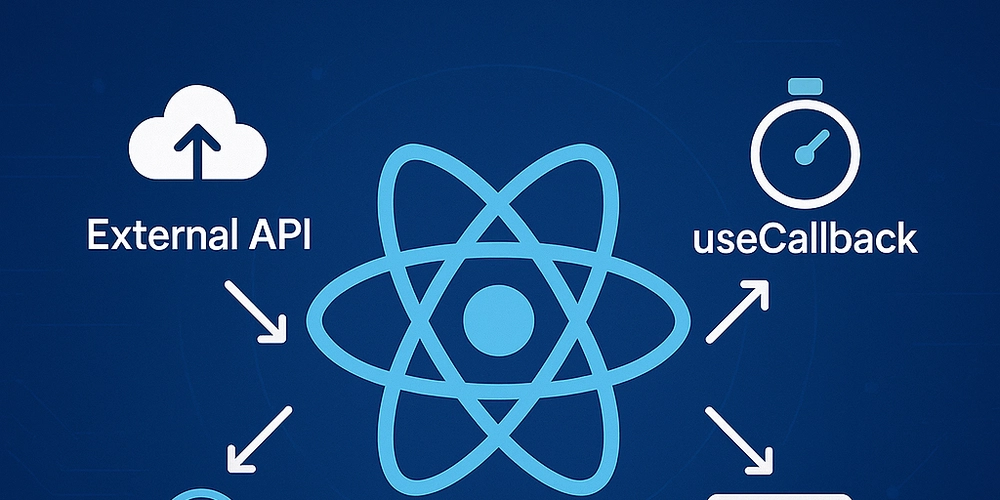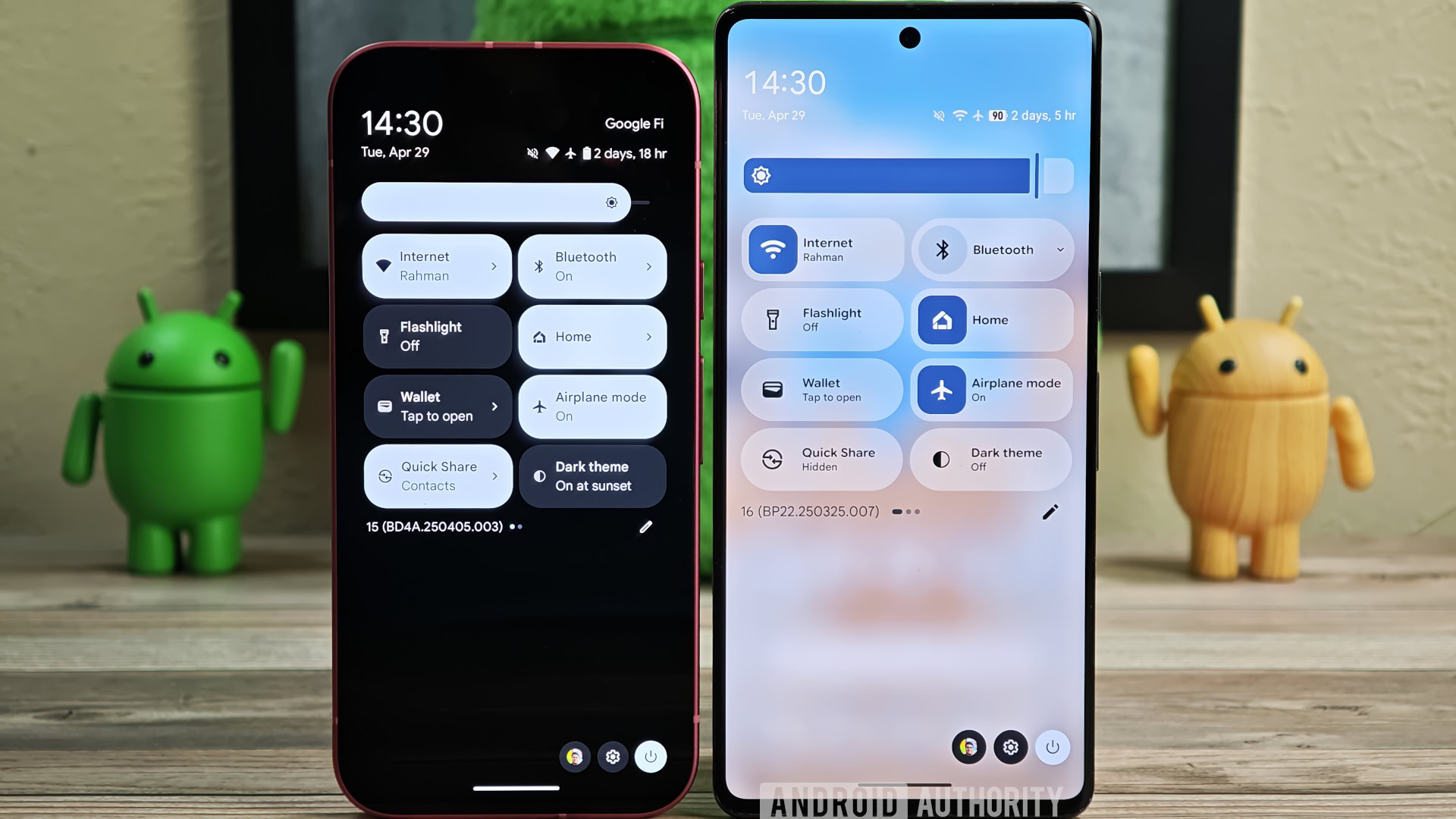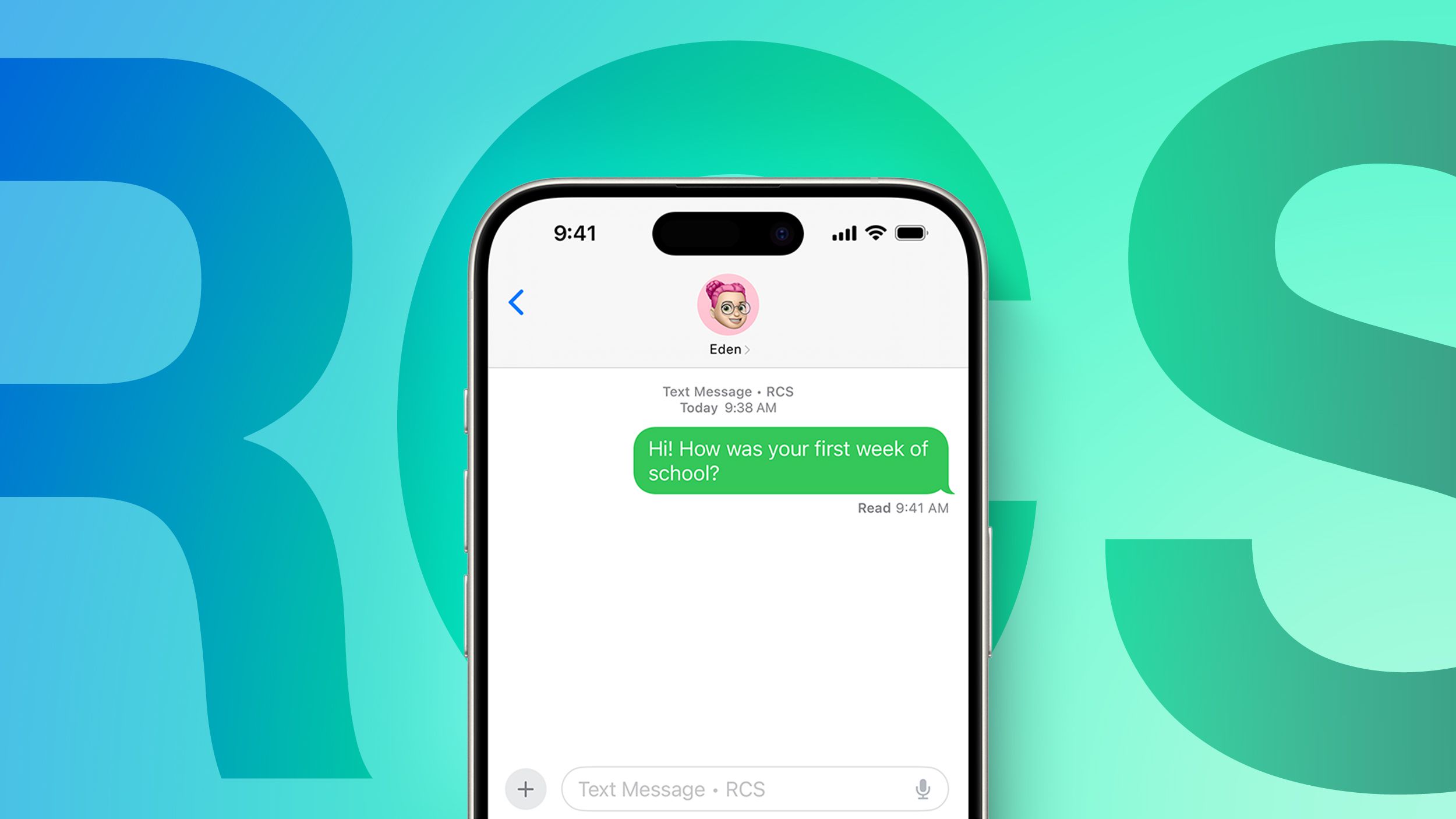How to Get Remote Host IP Address in ASP.NET Web API?
Introduction In ASP.NET Web API, retrieving the IP address of a remote host making a request can be crucial for various scenarios, such as logging, security checks, and analytics. While ASP.NET provides the System.Web.HttpRequest class with a ServerVariables property to access the REMOTE_ADDR variable for obtaining the client's IP address, achieving this in ASP.NET Web API is slightly different. This article will explore how you can effectively get the IP address of the remote host in an ASP.NET Web API application. Understanding the HTTP Context In ASP.NET Web API, unlike traditional ASP.NET applications, the context is represented by a different class. You'll work with HttpRequestMessage to obtain the information you need, including headers that can contain details regarding the client's IP address. This is beneficial for understanding how your application interacts with its users. Methods to Get the IP Address There are several approaches to retrieve the IP address of the remote host making a request in ASP.NET Web API, including examining headers and using the Request object. Method 1: Using the Request's Remote Endpoint You can access the remote endpoint directly from the HttpRequestMessage like so: public class YourController : ApiController { [HttpGet] [Route("api/getip")] public IHttpActionResult GetClientIp() { var ipAddress = Request.GetOwinContext().Request.RemoteIpAddress; return Ok(ipAddress); } } In the code above, we use Request.GetOwinContext().Request.RemoteIpAddress to retrieve the IP address. This method works well if you're hosting your API in an OWIN context. Method 2: Reading from Headers In many cases, especially when your application is behind a proxy or load balancer, the IP address may not appear in the RemoteIpAddress property. Instead, you can look for the X-Forwarded-For header. Here's how: public class YourController : ApiController { [HttpGet] [Route("api/getip")] public IHttpActionResult GetClientIp() { IEnumerable ipList; if (Request.Headers.TryGetValues("X-Forwarded-For", out ipList)) { var ip = ipList.FirstOrDefault(); return Ok(ip); } var remoteIp = Request.GetOwinContext().Request.RemoteIpAddress; return Ok(remoteIp); } } In this example, we first attempt to obtain the IP from the X-Forwarded-For header. If it exists, we get the first IP in the list. If not, we fall back to the RemoteIpAddress property. This approach is especially useful when the application is behind a reverse proxy, as it captures the true client IP. Why Using X-Forwarded-For is Important The X-Forwarded-For header can contain multiple IP addresses separated by commas when there are multiple proxy servers in the path to your server. It helps you identify the original client, whereas RemoteIpAddress may return the address of the last proxy. When implementing the IP address retrieval, it's wise to validate and sanitize the IP address to prevent security issues. Complete Example Here is a complete Web API controller that gets the remote host's IP address: using System.Collections.Generic; using System.Linq; using System.Net.Http; using System.Web.Http; public class IpController : ApiController { [HttpGet] [Route("api/ip")] public IHttpActionResult GetClientIp() { IEnumerable ipList; if (Request.Headers.TryGetValues("X-Forwarded-For", out ipList)) { var ip = ipList.FirstOrDefault(); return Ok(ip); } var remoteIp = Request.GetOwinContext().Request.RemoteIpAddress; return Ok(remoteIp); } } Frequently Asked Questions Can I get the IP address when running locally? Yes, when running locally, you may receive 127.0.0.1 as the IP address when accessing the API from the same machine. What if there are multiple IP addresses in the X-Forwarded-For header? Typically, you want to take the first one, as it is the original client's IP address. Is it safe to rely on the X-Forwarded-For header? Caution should be exercised, as it can be spoofed. Always validate IP addresses against expected ranges for security purposes. Conclusion In summary, obtaining the IP address of the remote host in ASP.NET Web API can be done through different techniques ranging from accessing the RemoteIpAddress to looking at headers like X-Forwarded-For. This versatility ensures that you can implement logging and security measures effectively in your applications.

Introduction
In ASP.NET Web API, retrieving the IP address of a remote host making a request can be crucial for various scenarios, such as logging, security checks, and analytics. While ASP.NET provides the System.Web.HttpRequest class with a ServerVariables property to access the REMOTE_ADDR variable for obtaining the client's IP address, achieving this in ASP.NET Web API is slightly different. This article will explore how you can effectively get the IP address of the remote host in an ASP.NET Web API application.
Understanding the HTTP Context
In ASP.NET Web API, unlike traditional ASP.NET applications, the context is represented by a different class. You'll work with HttpRequestMessage to obtain the information you need, including headers that can contain details regarding the client's IP address. This is beneficial for understanding how your application interacts with its users.
Methods to Get the IP Address
There are several approaches to retrieve the IP address of the remote host making a request in ASP.NET Web API, including examining headers and using the Request object.
Method 1: Using the Request's Remote Endpoint
You can access the remote endpoint directly from the HttpRequestMessage like so:
public class YourController : ApiController
{
[HttpGet]
[Route("api/getip")]
public IHttpActionResult GetClientIp()
{
var ipAddress = Request.GetOwinContext().Request.RemoteIpAddress;
return Ok(ipAddress);
}
}
In the code above, we use Request.GetOwinContext().Request.RemoteIpAddress to retrieve the IP address. This method works well if you're hosting your API in an OWIN context.
Method 2: Reading from Headers
In many cases, especially when your application is behind a proxy or load balancer, the IP address may not appear in the RemoteIpAddress property. Instead, you can look for the X-Forwarded-For header. Here's how:
public class YourController : ApiController
{
[HttpGet]
[Route("api/getip")]
public IHttpActionResult GetClientIp()
{
IEnumerable ipList;
if (Request.Headers.TryGetValues("X-Forwarded-For", out ipList))
{
var ip = ipList.FirstOrDefault();
return Ok(ip);
}
var remoteIp = Request.GetOwinContext().Request.RemoteIpAddress;
return Ok(remoteIp);
}
}
In this example, we first attempt to obtain the IP from the X-Forwarded-For header. If it exists, we get the first IP in the list. If not, we fall back to the RemoteIpAddress property. This approach is especially useful when the application is behind a reverse proxy, as it captures the true client IP.
Why Using X-Forwarded-For is Important
The X-Forwarded-For header can contain multiple IP addresses separated by commas when there are multiple proxy servers in the path to your server. It helps you identify the original client, whereas RemoteIpAddress may return the address of the last proxy.
When implementing the IP address retrieval, it's wise to validate and sanitize the IP address to prevent security issues.
Complete Example
Here is a complete Web API controller that gets the remote host's IP address:
using System.Collections.Generic;
using System.Linq;
using System.Net.Http;
using System.Web.Http;
public class IpController : ApiController
{
[HttpGet]
[Route("api/ip")]
public IHttpActionResult GetClientIp()
{
IEnumerable ipList;
if (Request.Headers.TryGetValues("X-Forwarded-For", out ipList))
{
var ip = ipList.FirstOrDefault();
return Ok(ip);
}
var remoteIp = Request.GetOwinContext().Request.RemoteIpAddress;
return Ok(remoteIp);
}
}
Frequently Asked Questions
Can I get the IP address when running locally?
Yes, when running locally, you may receive 127.0.0.1 as the IP address when accessing the API from the same machine.
What if there are multiple IP addresses in the X-Forwarded-For header?
Typically, you want to take the first one, as it is the original client's IP address.
Is it safe to rely on the X-Forwarded-For header?
Caution should be exercised, as it can be spoofed. Always validate IP addresses against expected ranges for security purposes.
Conclusion
In summary, obtaining the IP address of the remote host in ASP.NET Web API can be done through different techniques ranging from accessing the RemoteIpAddress to looking at headers like X-Forwarded-For. This versatility ensures that you can implement logging and security measures effectively in your applications.




































































































































































![[The AI Show Episode 147]: OpenAI Abandons For-Profit Plan, AI College Cheating Epidemic, Apple Says AI Will Replace Search Engines & HubSpot’s AI-First Scorecard](https://www.marketingaiinstitute.com/hubfs/ep%20147%20cover.png)


















































































































































































.jpeg?width=1920&height=1920&fit=bounds&quality=70&format=jpg&auto=webp#)






































































































































































































![Apple Working on Brain-Controlled iPhone With Synchron [Report]](https://www.iclarified.com/images/news/97312/97312/97312-640.jpg)


































































































